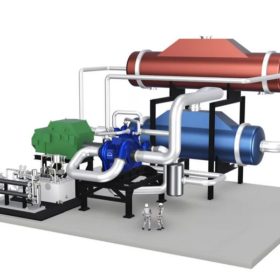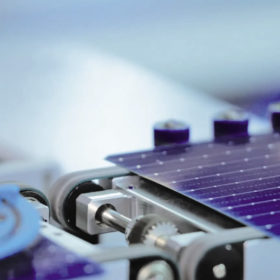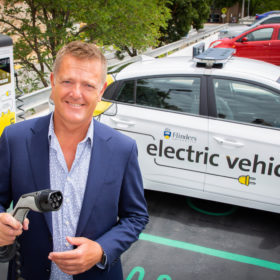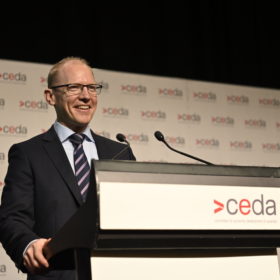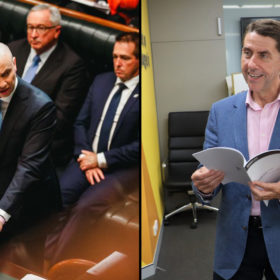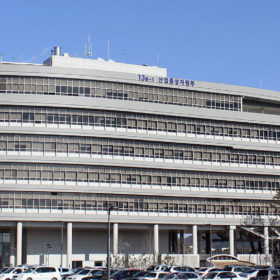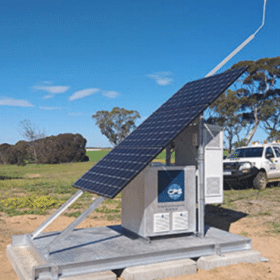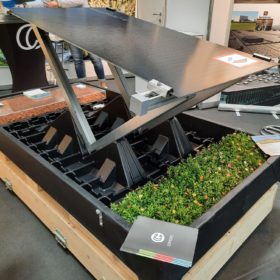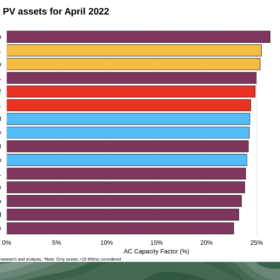German consortium plans to build world’s largest heat pump
Basf and Man Energy announced a plan to build a 120 MW renewables-powered heat pump for steam production at an industrial site operated by Basf in the Rhineland-Palatinate region, Germany. The feasibility study for the project should be completed by the end of this year.
Perovskite-silicon tandem solar cell with TOPCon structure hits 27.6% efficiency
A research group led by Chinese manufacturer JinkoSolar has developed a tandem perovskite-silicon cell with a subcell based on TOPCon tech. The group succeeded in reducing voltage losses in the silicon sub-cell by minimising the shunting probability during device fabrication.
New V2G chargers progress Flinders University’s ‘virtual battery’ vision
South Australia’s Flinders University has installed 20 vehicle-to-grid (V2G) chargers to fully utilise the battery capacity of its growing electric vehicle fleet. It plans to use the distributed EV fleet to supply power to the campus grid in the evening. The initiative is supported by $350,000 (USD 220,000) of funding from the state government.
AEMO to restore national energy market
The market operator today announced a “staged” return to the national energy market’s normal operations as 4000 MW of generation capacity comes back into operation.
NSW & Queensland budgets handed down, both link clean energy investments to prosperity
Both New South Wales (NSW) and Queensland handed down their 2022-23 state budgets on Tuesday pushing the line that clean energy investments would lead the states to future prosperity.
NSW installer’s solar inquiries surge as one in two ask after batteries
Sydney-based solar company Solaray Energy says its inquiries have doubled since the federal election, rebounding back to the record demand seen in 2020 ad 2021. Moreover, the company’s director and co-founder Jonathan Fisk says interest in batteries is “making solar fly,” with half of the potential new customers looking to add storage.
South Korea kicks off 2 GW PV tender
Selected projects will be awarded a fixed rate under a 20-year contract under the country’s renewable energy certificate (REC) scheme and will sell electricity to local power distributors.
Standalone power system to be allowed in the NEM from August
The Australian Energy Regulator has begun consultations to allow distributor-led standalone power systems (SAPS) to become part of the national electricity system. Proving highly successful in Western Australia, these SAPS could soon be properly rolled out in the east.
Smarter E products at a glance
pv magazine summarises the products we covered at the recent Smarter E exhibition, in the first of a series of reports on all of the new releases from the annual trade fair in Munich, Germany.
April’s top performing solar farms
The best performing large-scale PV asset in Australia this month was Genex Power’s Kidston solar farm in Queensland, according to Rystad analyst Dave Dixon, who noted total generation from solar and wind assets in Australia grew 23% compared to April 2021.
